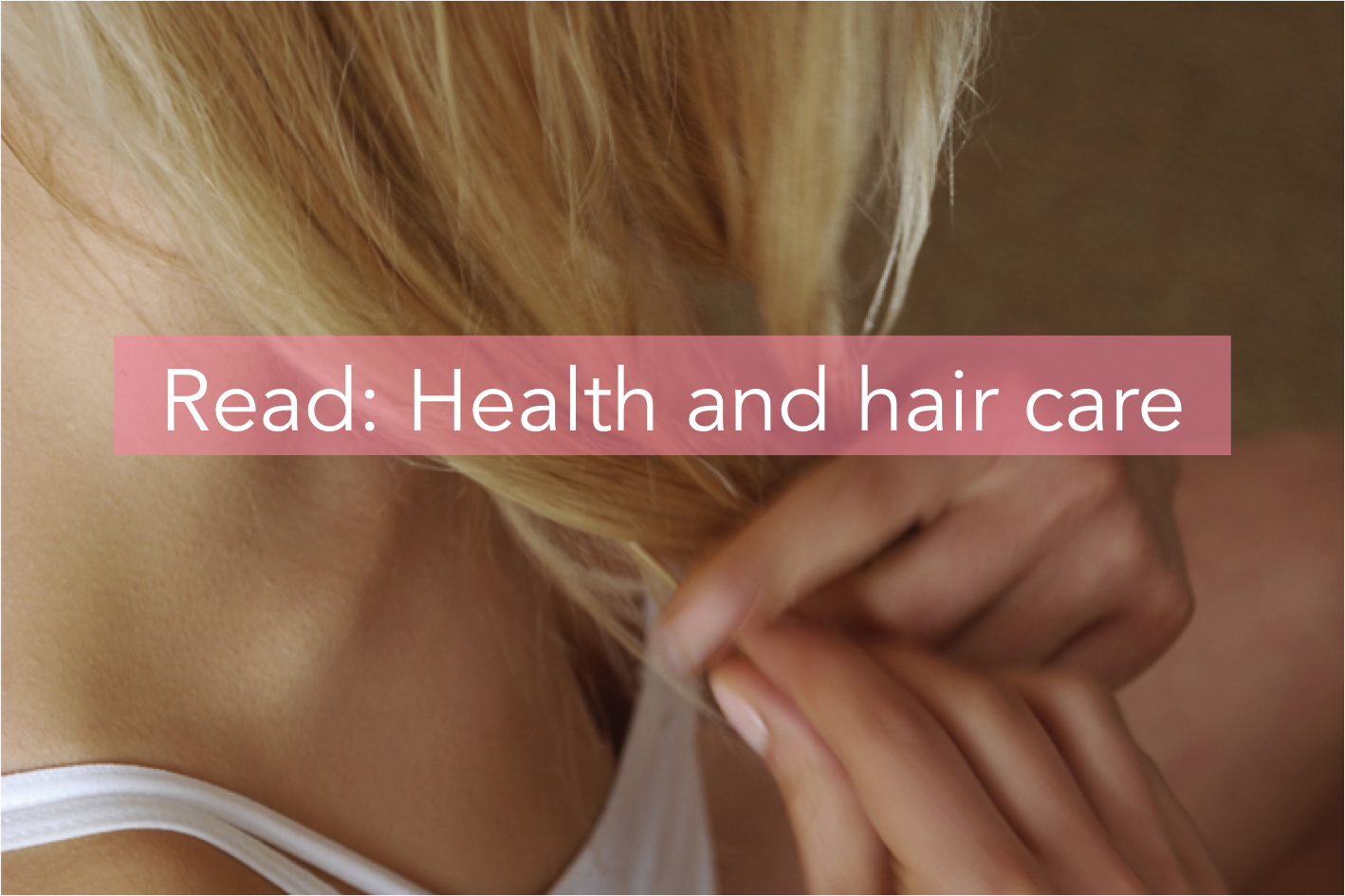Skin care > Care and ingredients
Hair biology
Hair grows from the hair follicles and their life cycle is unique. A hair grows then falls before a new hair starts to grow from the same follicle. Each hair follicle will have 20 to 30 cycles of growth during a human lifetime, each lasting 1 to 4 years.
The hair’s life cycle
The first phase of hair growth is called the anagen phase. At the base of the hair follicle are progenitor cells which, by constantly dividing, will feed the production of the hair shaft. This growth cycle lasts 1 to 4 years depending on the sex and the genetic part of our organism.
At the end of this time, the hair enters a phase of stopping its growth. This is the catagen phase which lasts 2 to 3 weeks. During this phase, the hair shaft that no longer grows retracts to the surface of the scalp and prepares to rest.
Finally, the last phase of this cycle is the telogen phase, or rest phase. It lasts 3 months and leads to hair loss.
The hair follicle will then leave its rest to enter a new anagen phase following the setting up of complex molecular signals. The production and growth of the hair starts again.
On our scalp, the hair follicles are not synchronized: each one is independent, which avoids to the Man a period of molting where the whole of the hair would fall at the same time. It is estimated that on a skull, about 90% of hair is in the growth phase.
Keratin and hydrolipidic film
The hair shaft is covered with a scale-like cuticle made of keratin, a hard, fibrous protein. Keratin is synthesized by cells in the hair follicle and forms the cuticle during the anagen phase.
Through its assembly around the hair fiber, keratin is responsible for the hair’s strength and shape. Indeed, bonds are created between the different keratin fibers. Depending on the placement and number of these bonds, hair can be frizzy, wavy, or straight.
As on the skin, the hair is covered with a hydrolipidic film rich in sebum which will protect it from dehydration and external aggressions (penetration of harmful molecules, pollution particles, natural protection against UV rays).
Melanins
Hair color is given by molecules called melanins, produced by specialized cells, melanocytes. This pigmentation of the hair and skin is determined by genetics. To give the varieties of hair colors observed in humans, two pigments combine in varying proportions: eumelanins which gives dark colors (brown, black) and pheomelanins which are lighter color (blond, red).
As we age, our hair turns grey then white. The explanation is that melanocytes, the cells responsible for melanin synthesis, are present in smaller quantities in the hair bulb. Being less numerous, melanin production is altered, and hair grows with very little or no pigment: it is therefore white. The phenomenon leading to the reduction of the quantity of melanocytes in the bulb is still poorly understood, but oxidation phenomena could come into play and lead to the destruction of these sensitive cells. The age at which white hair appears is largely determined by genetic heritage.
For various reasons, hair can become dull, rough, brittle, or even fall out in large quantities. It is therefore important to take care of it with the proper hair care products.




